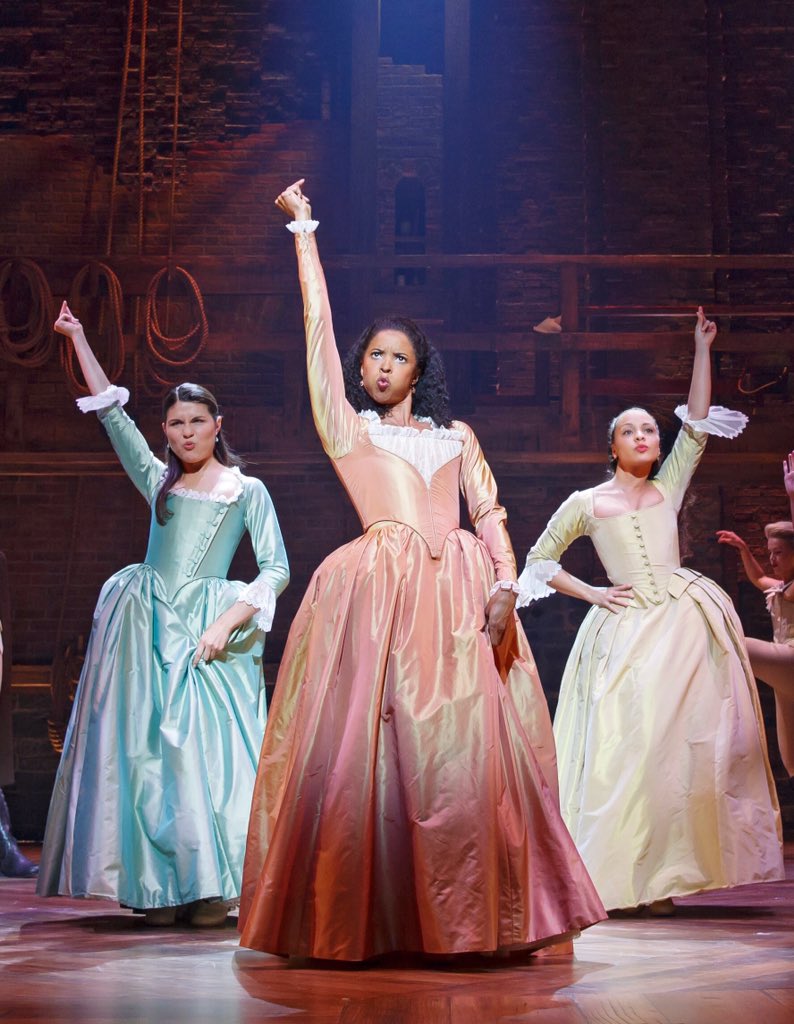When Coe's administration was making plans to go back to in-person classes in the midst of a global pandemic, I predicted we'd have enough cases by week 4 or 5 that we'd have to go online.
I am happy to say that I was wrong! We are still operating on campus!
Why did I guess week 4 or 5 for a big Covid outbreak? That's about the time every semester when The Fall Semester's First Cold starts making its way around campus. So I figured the same thing would happen with Covid.
Yet neither Covid nor a cold have really been circulating much at Coe, and I'm relieved.
Though we haven't had the giant outbreak I'd feared, we have had some Covid on campus.
The New York Times is compiling data on Covid in colleges, and shows that Coe has had 36 positive cases of Covid out of 1400 students, so 2% of the student body. The NYTimes chart lists all cases since the beginning of the year.
Above us on the list is Clarke University with 28 (they enroll about 1000 students), so about the same percentage as Coe. Below us is Cornell College, also about 1000 students these days, with only 3 cases!
There was a writeup in the local paper about their protocol. For comparison, Iowa State University in Ames, has had 1247 cases out of about 35,000 students, 3.6%, according to the NYT chart.
When students arrived on campus here at Coe, they were ALL tested with the swab-up-your-nose-into-your-brain test. Faculty got tested, too (ow), during the week before classes started. About 25 students tested positive at that point, so they were quarantined, and those who'd interacted with them were isolated.
I don't know if all colleges were proactive, testing all students. Probably that's easier at a smaller college.
Early during the semester, I was concerned when I saw students hanging out in groups outdoors without masks, or sitting very close together outdoors with masks.
Others must have seen this, too, because right after classes started, two emails went out: one very sternly-worded email from the Dean of Students, telling students they'd be kicked off campus if they were not following Covid precautions!
And the other from our mascot, Charlie Kohawk, telling students that he would be walking around campus, randomly giving out gift cards to students who WERE following Covid precautions. Our rule: wear a mask anytime you're on campus except when in your room or when eating.
Here's Charlie in one of his "Protect our Nest" videos:
This Good Cop/Bad Cop approach must have been fairly effective; I haven't seen so much rule-flaunting these days.
I don't see students much at all, to be honest. It seems that they're pretty much staying in their rooms--to eat, to study, and to relax. That's good--for Covid mitigation. But it's really strange.
We are all getting used to doing college in the era of a global pandemic. I teach one class online, and my Writing Center Theory and Practice classes in person, so I get to do both. I'm finding I like teaching online more than I thought. It does take a lot of work to consider how to divide up 90 minutes worth of material into segments (most of us do this anyway--it's just good teaching), and figure out what will provide active learning for students sitting and looking at screens (breakout rooms for discussions, quick polls and quizzes, using the chat function to get responses).
I'm starting some material that really requires discussion this week. I'm using online forums, breakout groups, and the chat function on Zoom to help facilitate discussion--whole-class, free-flowing discussion is weird on Zoom. It's hard to read nonverbal cues on Zoom. It's hard to think when all those faces are looking at you in a big block--or when you're staring at black squares if students have their videos turned off. . .
And in the classroom, having students six feet apart makes group work challenging. Not impossible, though; I've done it. I also have to remember NOT to walk around when I teach! That's hard for me!
In other news, the city is still clearing up debris from the derecho, which was 7 weeks ago on August 10.
 |
| Tree debris in our median. Our street has already been cleared once and there's still more to go. |
Our roof still has a hole in it, and the rain was coming in today. We've had shingles and a dumpster trailer in our driveway since Thursday afternoon, waiting to be used, which has been a bit frustrating...hoping they'll work on the roof tomorrow.
 |
| This is where the rain comes in . . . . |
Between Covid and the derecho, learning new things--ones that I really didn't want to learn.
I still remember talking to my mom after my dad was diagnosed with cancer--because of the nature of his cancer, they had to give up going to Elderhostels. Mom pointed out that that Elderhostels was what they did before--learning about history and nature and such in beautiful locations. Now they were learning about cancer at home. I thought that was a pretty awful trade-off.
As a teacher during Covid, I've learned more than I ever wanted about Zoom and about effective teaching online. As a homeowner during a weather catastrophe, I've learned about insurance, contractors, and positioning buckets under a dripping hole in the roof. I didn't really want to learn those things, but what are you going to do?
I've also learned that I can be flexible. I can deal with things I never even guessed I'd have to deal with.
Anne and I went to the Farmer's Market in Hiawatha today--I bought sweet corn, a watermelon, apples, beets, and peppers. Burgers, sweet corn and watermelon for dinner tonight: a summer meal before the weather turns cooler next week. That's my reward.



































